Asia's last free flowing river originates in Tibet, runs through Yunnan and flows into Burma and Thailand. The folds and bends it creates sustain millions of people and a rich biodiversity of plants and animals. A mega plan to build multiple dams threaten both local people and wildlife
Deqin, Yunnan province: the Baima snow mountain is part of the Three Parallel Rivers world heritage site chosen for its outstanding biodiversity and refers to a section of the Hengduan mountain range where three great rivers, the Yangtze (Jinsha), the Mekong (Lancang) and the Salween (Nu) run roughly parallel to each otherPhotograph: Liu Jian Ming/Corbis
Deqin, provincia de Yunnan: la montaña Baima nieve es parte del sitio de patrimonio Tres Ríos Paralelos mundo elegido por su extraordinaria biodiversidad, y se refiere a una sección de la cordillera Hengduan donde tres grandes ríos, el Yangtsé (Jinsha), el Mekong (Lancang) y el Salween (Nu) corren paralelos el uno al otro
Salween (Nu) river in spring in Lisu autonomous prefecture of Nujiang, YunnanPhotograph: Qin Qing/Corbis
alween (Nu) río en primavera en Lisu prefectura autónoma de Nujiang, Yunnan
It's 5.5 mile (9km) wide and 84 mile (135km) long, and characterised by its natural landscape and a great variety of plants and animals Photograph: Qin Qing/Corbis
A silvery gibbon on a tree in Gaoligong mountain valley, which, according to an estimate has 699 kinds of vertebrates
Construction work at Songta dam in Tibet, close to Yunnan province border and the Three Parallel Rivers world heritage sitePhotograph: Green Watershed/International Rivers
Workers fix a floating platform for the construction of a dam on the Salween river - Asia's last free flowing river and home to 7,000 species of plants and 80 rare or endangered animals and fish in China. The dam requires some 50,000 people to relocate
Photograph: Nir Elias/Reuters
Gongshan county, Yunnan: an old trade route along the Salween river valley
Photograph: Corbis
In March 2005 the proposal for a 13-stage dam project over the river was halted. The Chinese government agreed to conduct further scientific research after international pressure
Photograph: Ryan Pyle/Corbis
Local communities, made up of 13 different ethnic groups, also call the Salween the 'angry river' or 'mother river'
Photograph: Corbis
A fisherman sails his boat on the Salween, near Wa La Ya Kan area in Nujiang
Photograph: Nir Elias/Reuters
March 2007: workers carry stones loaded on a cart in a tunnel dug for a planned dam on the Salween, some 74 mile (120km) north to Lushui in Yunnan province. The work continued despite the Chinese government officially suspending the plan to build dams on the river in 2004
Photograph: Nir Elias/Reuters
An aerial view of the Salween river. The Nu, as it is locally known, nourishes a rich valley that hosts millions of people in southwest Yunnan
Photograph: Heng Duan Shan Society./International Rivers
Bing Zhongluo in the Three Parallel Rivers world heritage site: the Salween river winds around several small villages that have lived harmoniously with a diversity of religions and ethnic groups for centuries. The river originates in the QingHai mountains in Tibet, runs through Yunnan and flows into Burma
Photograph: Matteo Butturini/Corbis
A woman of the Lisu ethnic minority stands beside the Salween. Despite lack of approval from Beijing, highly-controversial preliminary work has begun on at least four proposed hydro-dam sites on the river and threatens to displace 50,000 people from 22 ethnic minority communities in the region
Photograph: Michael Reynolds/EPA
A Lisu ethnic village at Fugong in the Nujiang river valley
Photograph: Corbis
Liuku, Yunnan: a villager of the Lisu ethnic minority walks beside the enormous roots of a tree at the bank of the Salween
Photograph: Michael Reynolds/EPA
Small and medium hydropower stations dot the riverside. Most of the river's tributaries have been dammed and diverted. A lone fisherman sits on the east bank (bottom left above) at this site in Gongshan county
Photograph: Nir Elias/Reuters
Chinese rescuers search for victims and survivors buried in the mud in the aftermath of mudslides in Litoudi village, Puladi township of Gongshan county in Yunnan. Over 69 people perished in the disaster in August 2010. Damming the Salween could trigger mudslides and earthquakes, environmentalists say
Photograph: Corbis
Terraced paddy fields at Fugong in the Nujiang river valley: the village of 2,000 would be flooded by one of the 13 proposed dams on the Salween
Photograph: Corbis
A boy stands beside the entrance of an elementary school in a rural area of Nujiang, on the bank of the Salween river in Yunnan
Photograph: Nir Elias/Reuter
A worker uses a jackhammer on the construction site of village being built for people who would be forced to relocate after the completion of a dam on Salween
Photograph: Michael Reynolds/EPA
Nujiang Lisu prefecture: a man is repairing electricity cables close to the road, hanging from a rope above the Salween Photograph: Matteo Butturini/Corbis
Children in a village on the banks of Salween participate in an anti-dam protest in Burma
Photograph: International Rivers
Village of Sob Mouy, Thailand: to celebrate the 15th Annual International Day of Action for Rivers, hundreds of villagers, activists, artists, journalists, and experts from Burma, Thailand, China and the US gathered at a small village by the Salween river to learn about proposed dams in China and Burma. The gathering included cultural performances, a candlelight vigil, concert, and prayer in support of the indigenous communities along the entire Salween river
Photograph: International Rivers
THE GUARDIAN
Balderrama, la zamba, el boliche y su historia. (por Lua) Hace unos días le prometí a un viajero contarle quien era Balderrama y como era ese viejo boliche salteño. He rastreado información y aquí se las comparto. Para empezar, hay una zamba muy conocida en nuestro país, que justamente se llama Balderrama, cuyos autores de letra y musica respectivamente, son Manuel Castilla y el Cuchi leguizamón. A continuación, la zamba misma: (Así lo canta Jorge Cafrune) (mi comentario) Zamba de Balderrama A orillas del canal al despuntar la mañana salió la noche cantando desde el lau' de Balderrama, salió la noche cantando desde el lau' de Balderrama Adentro puro temblar el bombo en las baguala y si amanecen cantando dele chispear la guitarra Nochero, solito brotes del alba dónde iremos a parar si se apaga Balderrama dónde iremos a parar si se apaga Balderrama Si uno se pone a cantar el cochero lo acompaña y en cada vaso de vino tiembla el lucero del alba y en cada vaso de vino
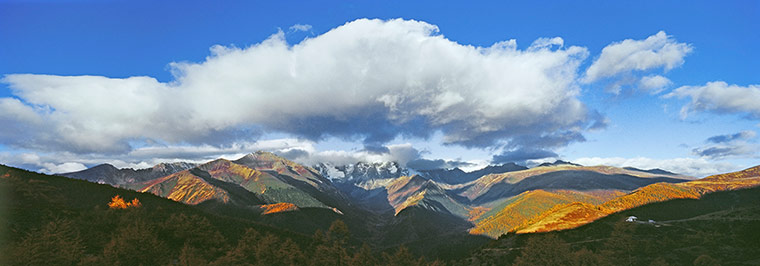
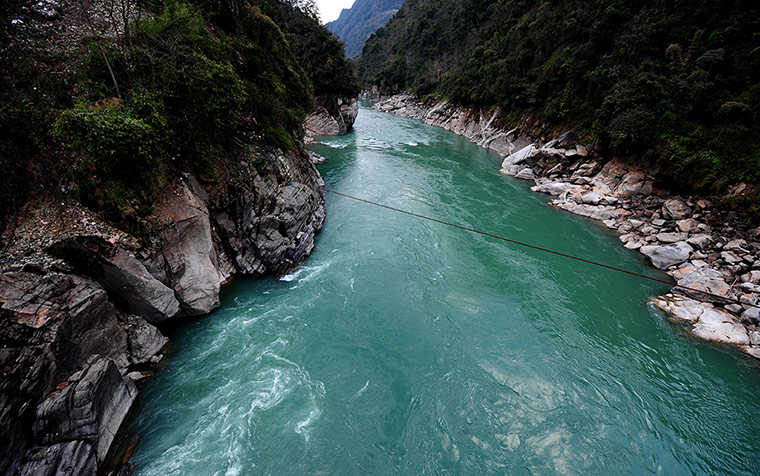
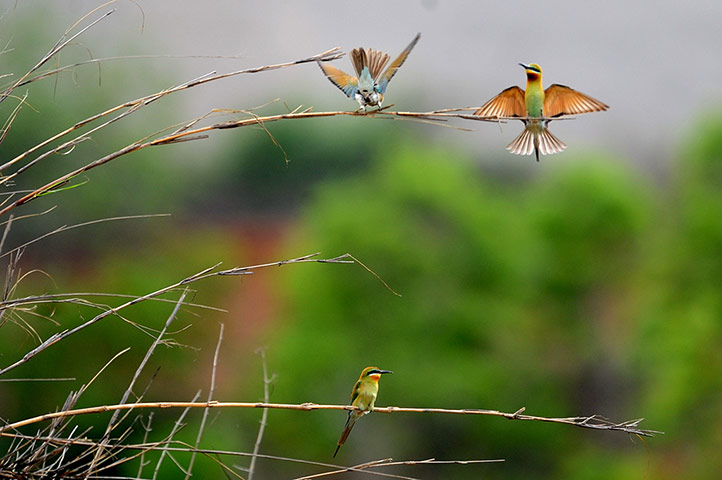
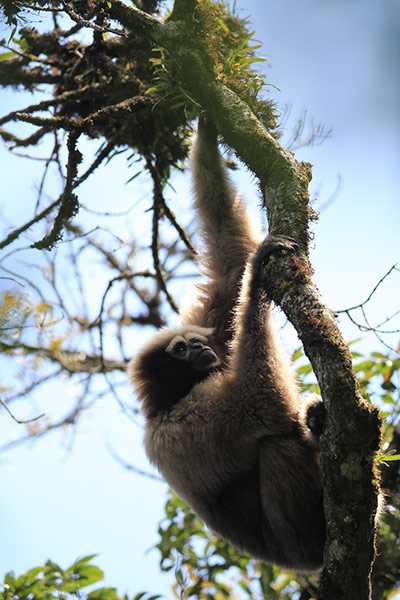
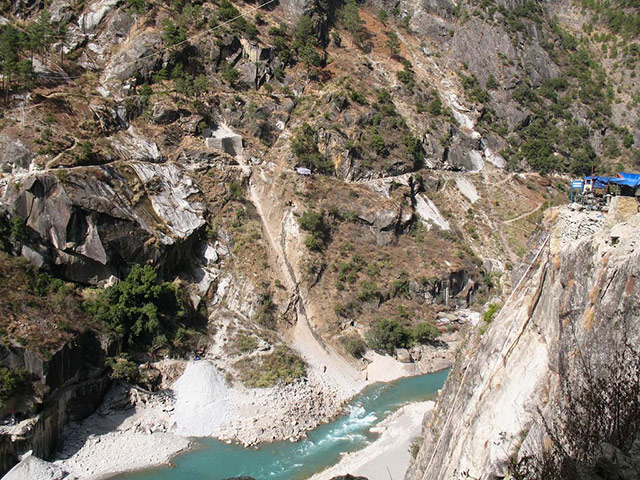
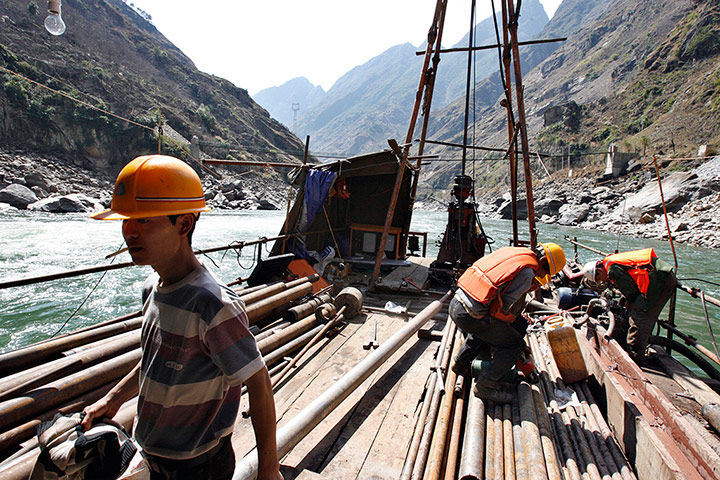
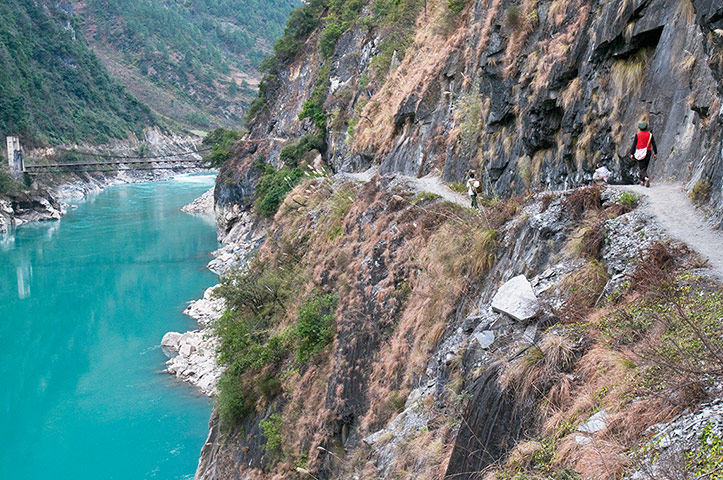
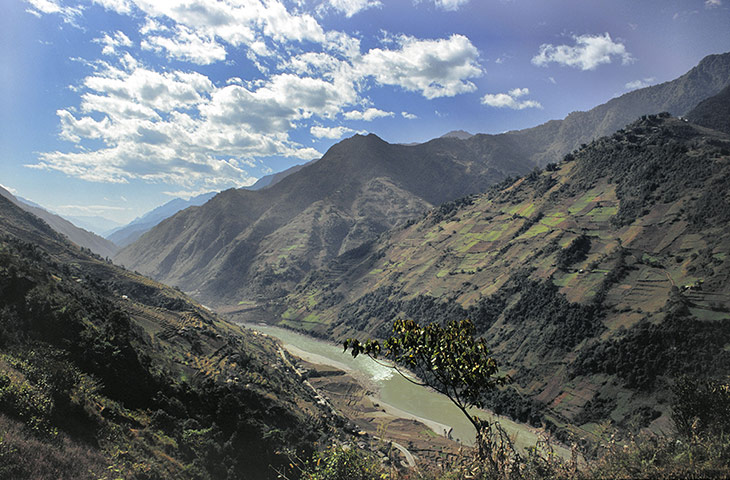
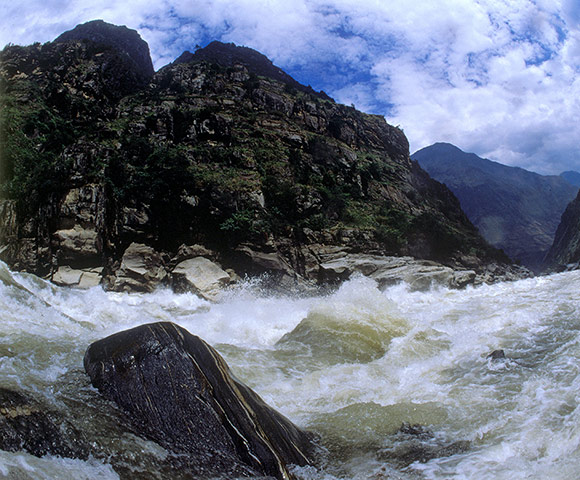
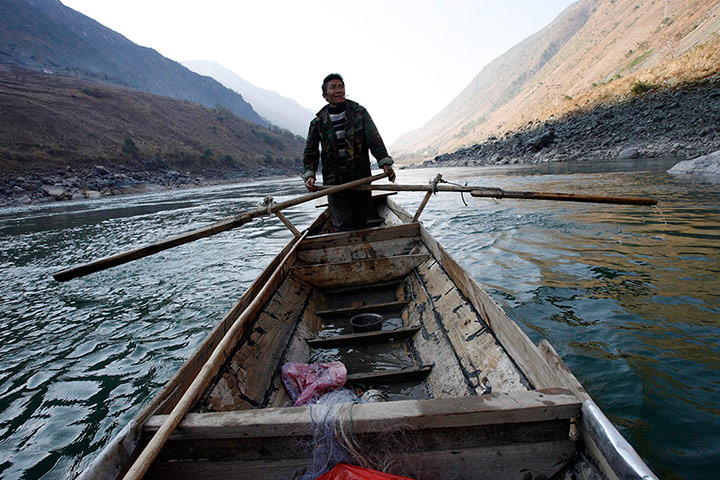
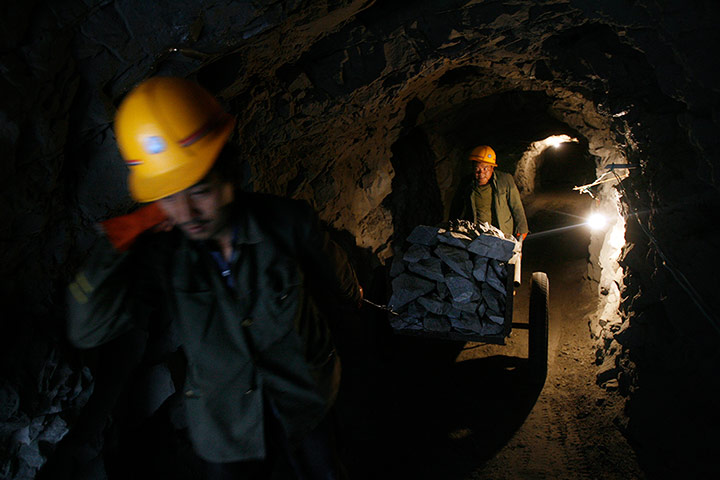
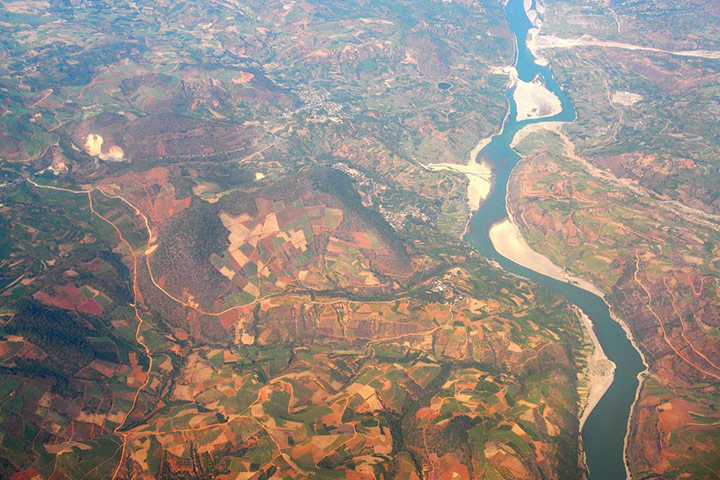
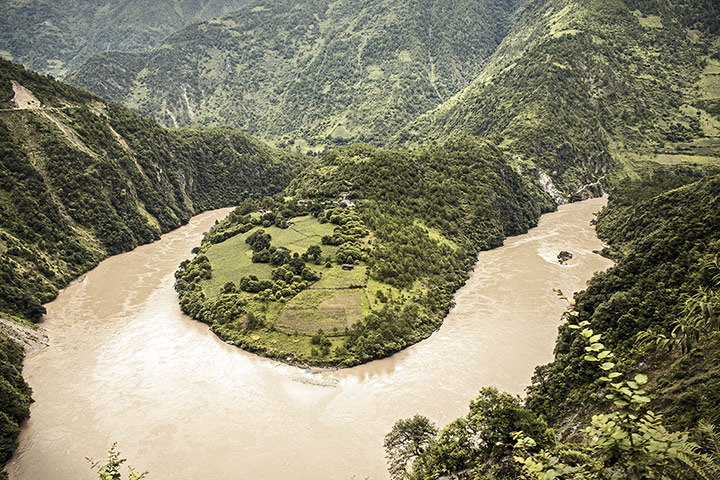
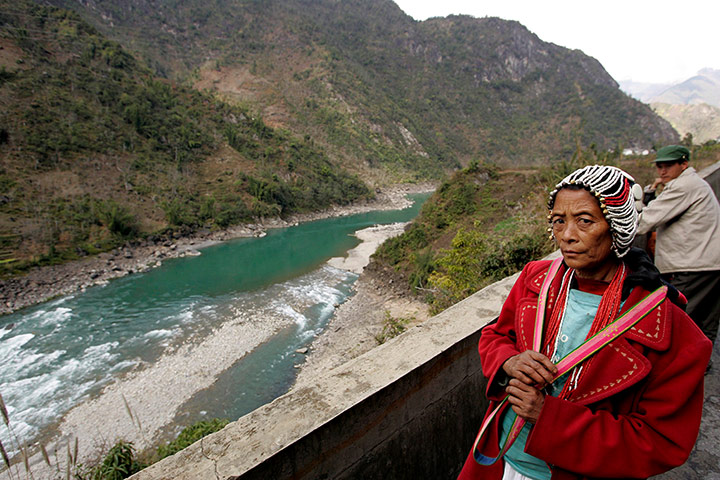
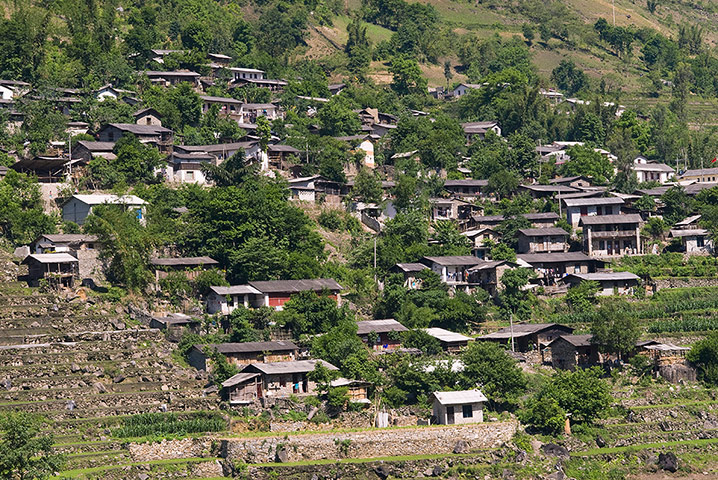
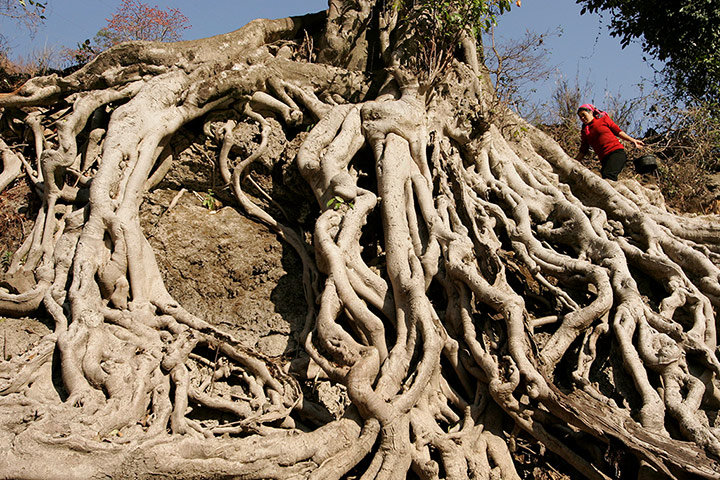
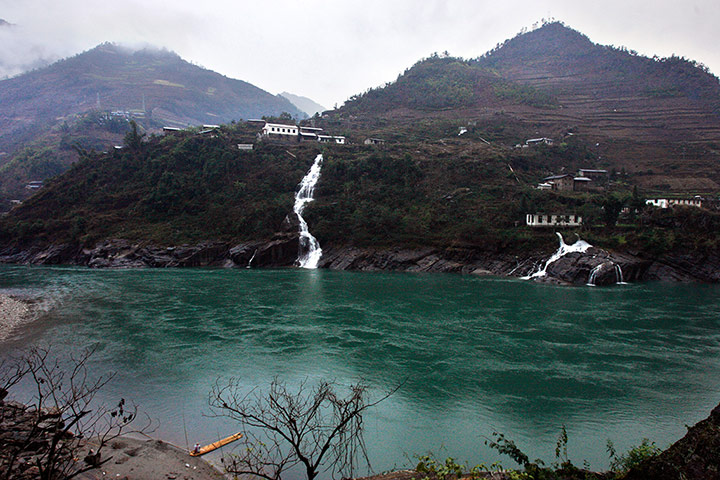
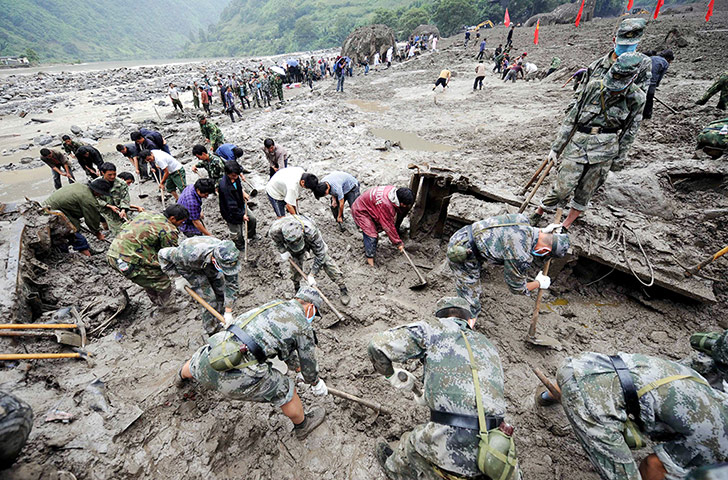
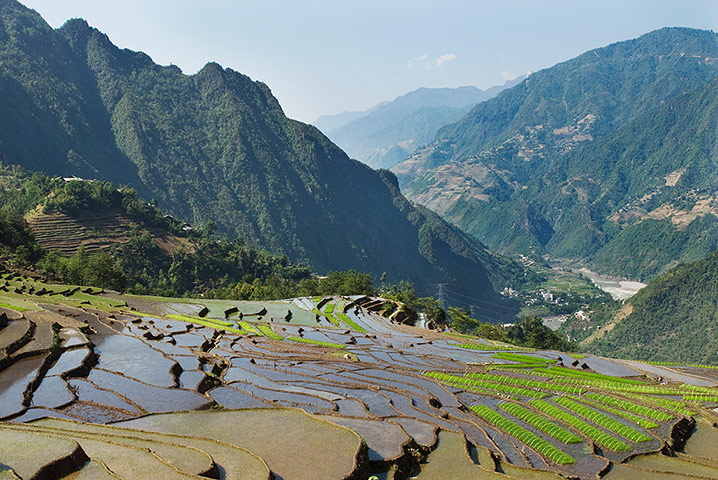
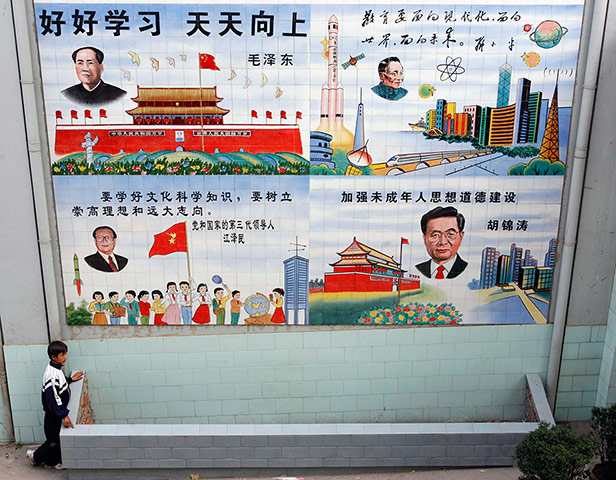
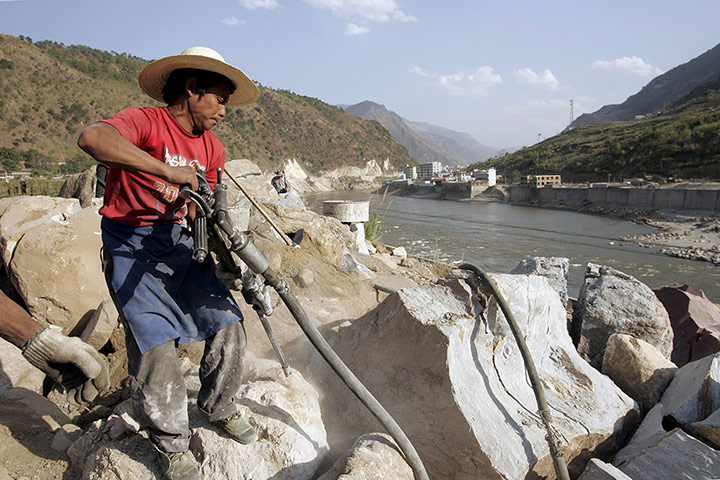
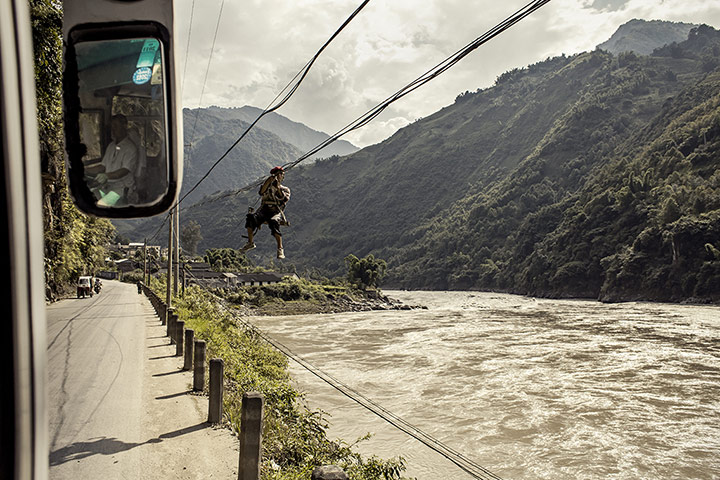
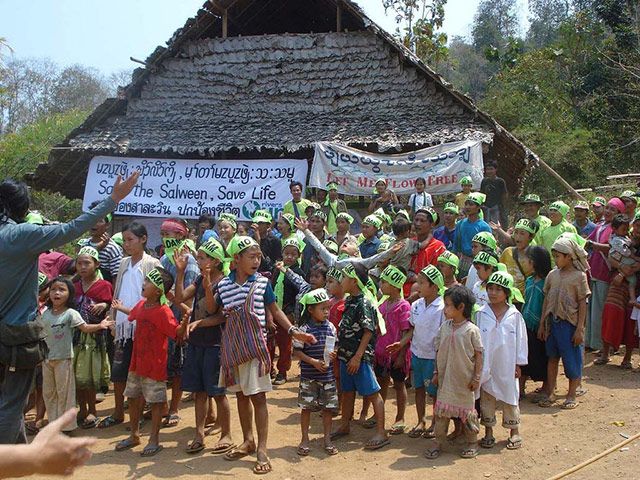
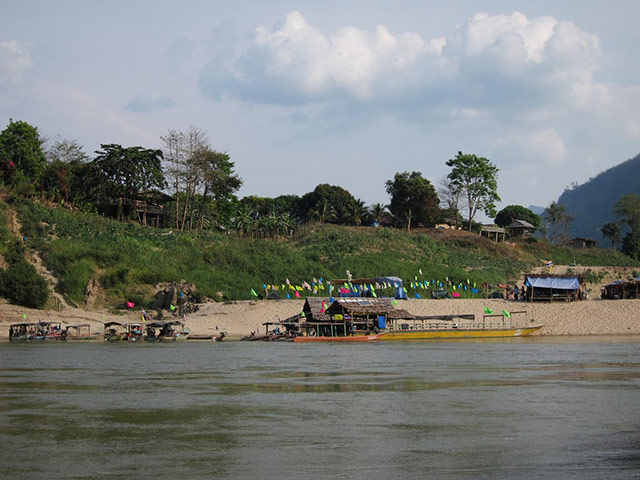
Comments